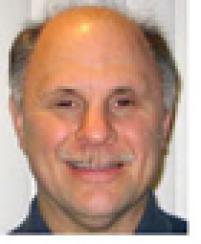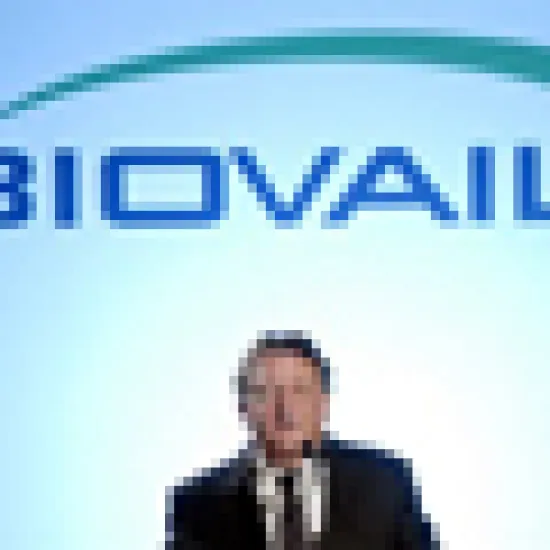You have to hand it to the folks at ValueAct Capital. The San Francisco activist hedge fund firm sure has a knack for helping companies they invest in maximize their value by finding a partner.
In 10 years, the San Francisco hedge fund has made 56 “core” investments. During that time its partners or other key people have sat on 27 Boards of Directors and helped to sell 18 businesses. The latest example: Monday’s $3.2 billion merger agreement between Valeant Pharmaceuticals and Biovail.
ValueAct is by far Valeant’s largest investor, with roughly 20 percent of the total shares outstanding. The pharmaceutical company also is ValueAct’s largest position, accounting for about 18 percent of its roughly $4.2 billion under management.
Two key ValueAct people sit on Valeant’s board — partner G. Mason Morfit, who also served as chairman of Valeant’s Special Committee, and vice president Brandon B. Bozet.
ValueAct is led by Jeff Ubben, best known for serving as chairman of Martha Stewart Living Omnimedia for several years when it was the company’s largest shareholder. The former Fidelity analyst and portfolio has a BA from Duke University and an MBA from the Kellogg School of Management at Northwestern University.
ValueAct is known for taking concentrated positions in a small number of companies. Typically, these are under-performing companies that Ubben and his team believe are worth much more if they would, say, shed some businesses, or bring in new management or focus on certain core businesses. Frequently, ValueAct will play a major role in recruiting new management.
They know what they are doing. Their hedge funds are up about 20 percent so far this year after surging 36 percent last year (in 2008 they were down 28 percent). In its 10 years, the firm’s funds have compounded at about 20 percent.
Monday’s deal is a good example of what ValueAct does. Valeant shareholders will receive Biovail stock worth about $29 to $30 a pop plus a special cash dividend of $16.77 per share immediately prior to closing. Not too shoddy, considering VA paid about $17 or so for its shares.
Little surprise, ValueAct did not exactly play a passive role in the deal. Since taking its initial stake in 2006, the firm helped Valeant identify major cost savings and sell its pharmaceutical pipeline so it could focus on its branded generics business, which was less volatile. This enabled the company to slash R&D by more than half.
In 2008, ValueAct also recruited J. Michael Pearson from McKinsey, where he had spent 23 years, to serve as Chairman and Chief Executive Officer of Valeant.
This is actually the second deal ValueAct has been involved in this month. Two weeks ago, British software maker Misys — 13.5 percent VA’s portfolio — agreed to sell its majority position in Allscripts, paving the way for the merger agreement between the health-care information company and Eclipsys Corp. in their $1.3 billion all-stock deal.
At Misys, ValueAct sold three businesses and used the proceeds (with some new equity from VAC) to help fund the merger of Allscripts with Misys’ practice management software business in the US.
These days, six stocks account for 75 percent of ValueAct’s assets — Valeant, Gartner, Sara Lee, Verisign, Kar Auction Services and Misys. At least one ValueAct individual also sits on the board of Gartner, a nine-year holding, Sara Lee, which has been shedding businesses due, in part, to the prodding of the hedge fund manager, and KAR
Says Ubben: “The M and A environment is coming back steadily. Corporations are flush and business is good. A heavy focus on macro environments has created volatility in the capital markets. If this settles down, I expect activity to accelerate.”








